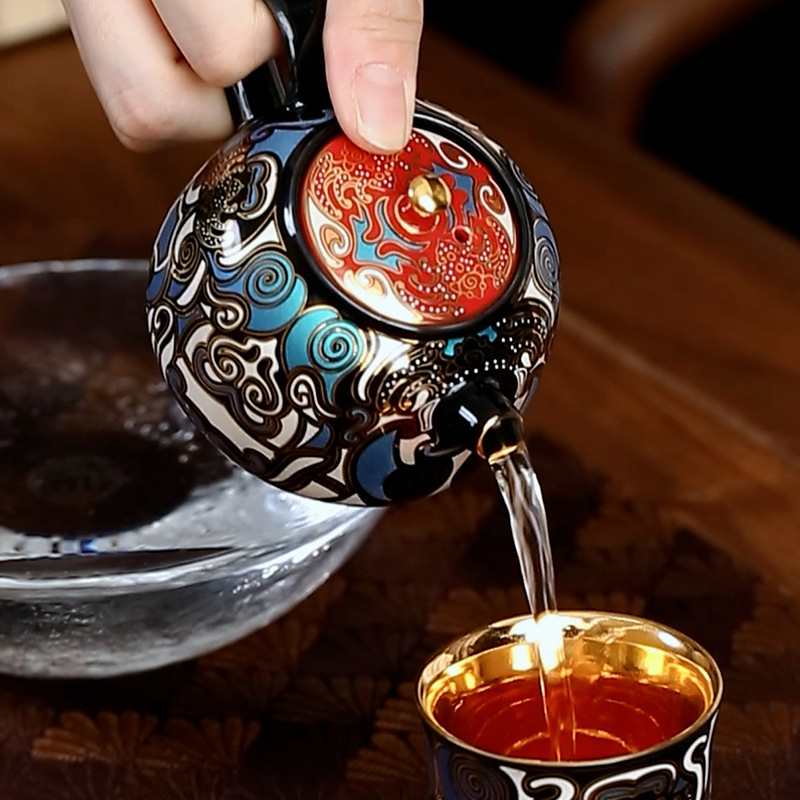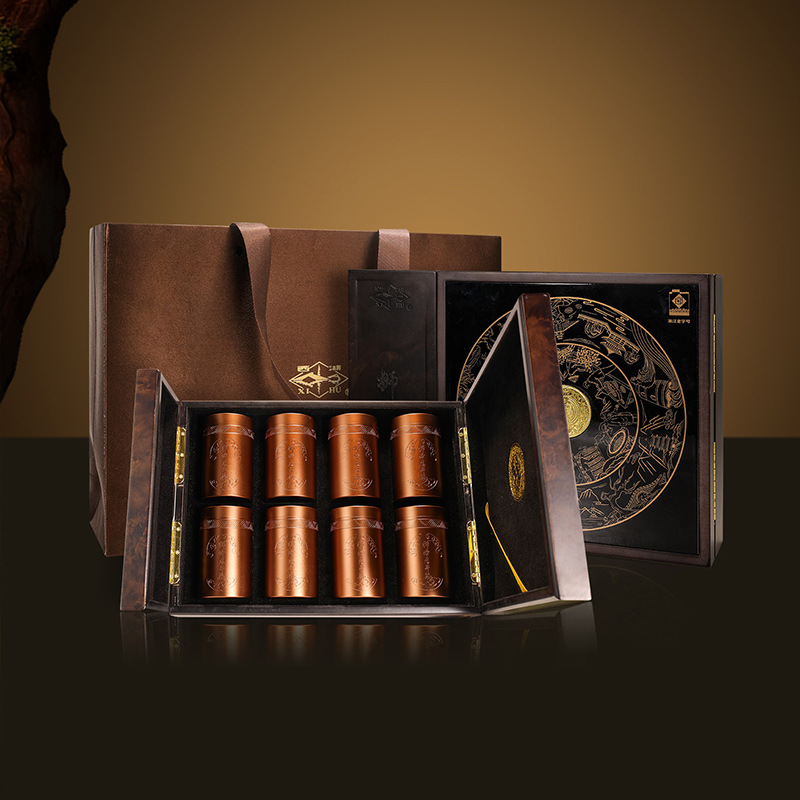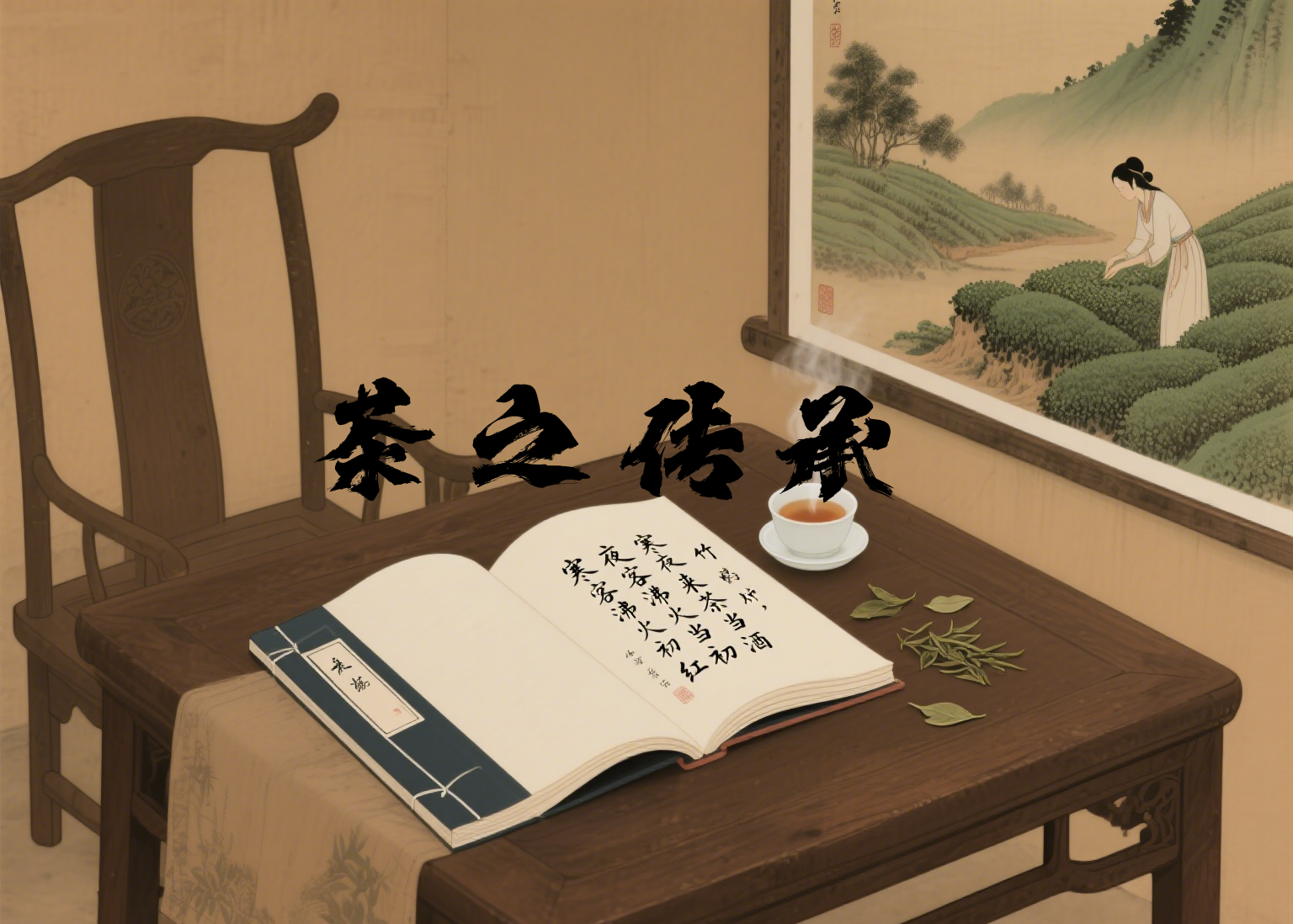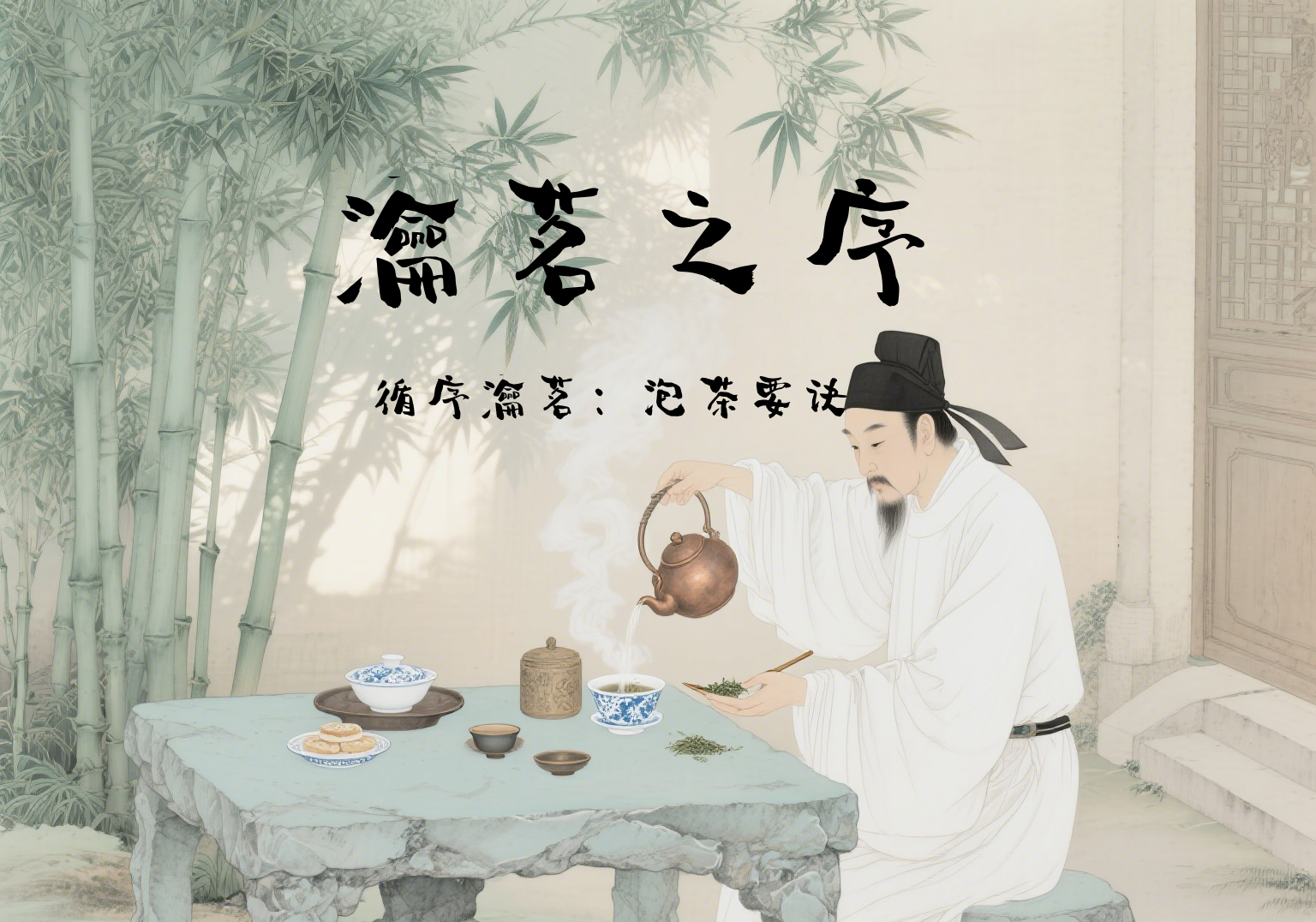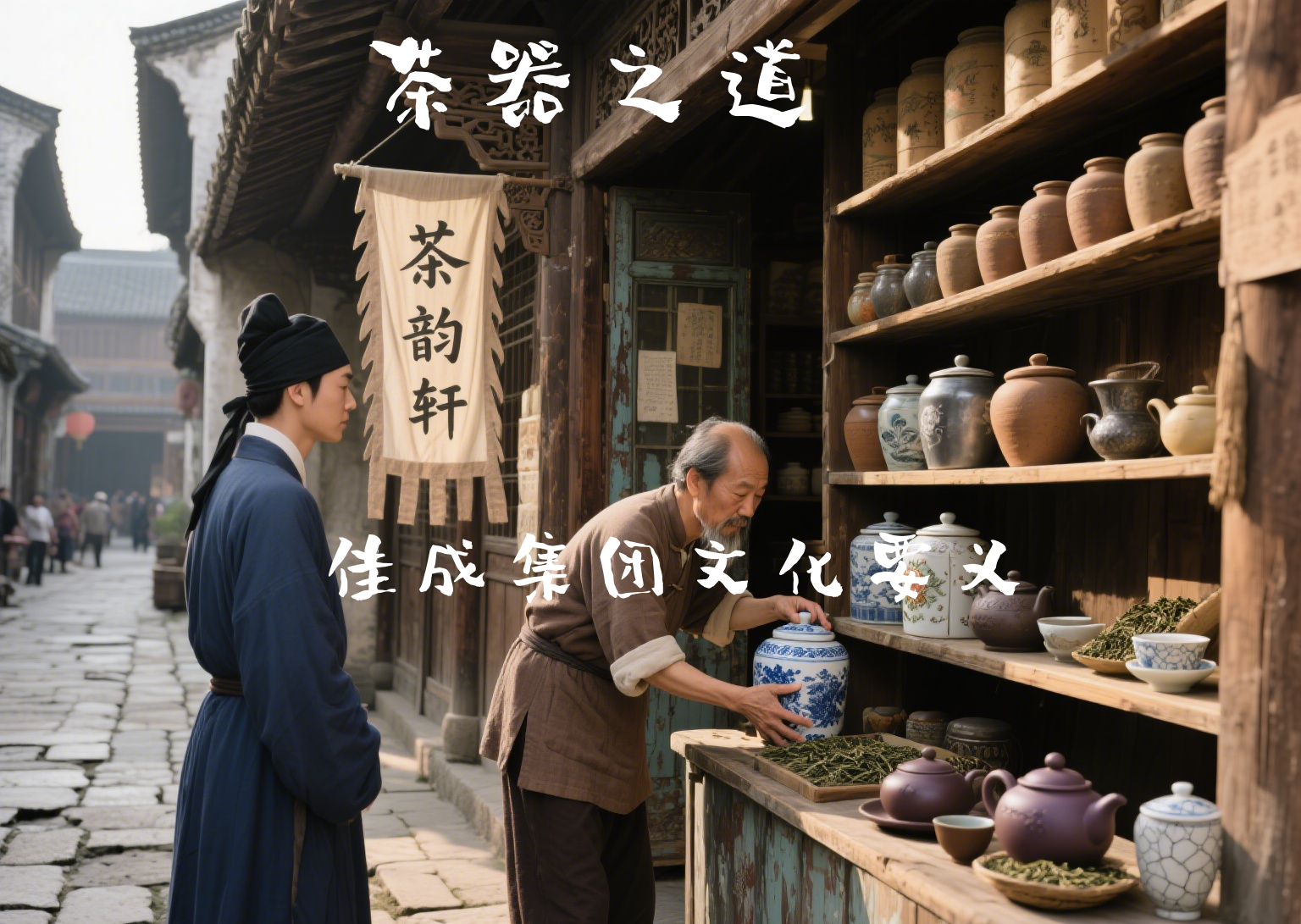The Order of Making Tea
.png) Tea Brewing Steps
Tea Brewing Steps
1. She Qi (Preparing Utensils)
Choose appropriate tea utensils according to the type of tea: green tea is suitable for glass cups, which allow you to watch the tea leaves unfold; oolong tea should be paired with purple clay pots to gather fragrance and enhance the flavor; pu'er tea is better with covered bowls for easy control of brewing time. Auxiliary utensils such as a fair cup, tasting cup, tea lotus, tea spoon, tea needle, and tea towel are also prepared. Rinse all utensils with hot water to clean them and raise their temperature, avoiding the impact on the taste of the tea soup due to cold utensils.
2. Ze Quan (Selecting Water)
Soft water is the best for making tea. Mountain spring water, well water, or filtered pure water are all good choices, and the water quality should be clear and odorless. After taking the water, let it stand for a while to allow impurities to settle.
3. Ju Xin (Heating the Fire)
Nowadays, electric kettles are mostly used to boil water, which is convenient and efficient. If you pursue tradition, you can also use charcoal fire or alcohol lamps for heating. Different heating methods have slightly different effects on water temperature control, but the ultimate goal is to boil water at a suitable temperature.
4. Dai Fei (Waiting for Boiling)
Different teas require water of different temperatures for brewing: green tea generally uses water at 80 - 85℃ to avoid damaging the nutrients and aroma in the tea leaves due to high temperature; oolong tea and pu'er tea need boiling water at 95 - 100℃ to fully release the taste and aroma of the tea. You can judge the water temperature by observing the state of the water. For example, small bubbles rising one after another indicate about 80℃, and a large number of bubbles surging with a slight sound indicate boiling water.
5. Zhi Ming (Preparing Tea)
Use a tea spoon to take an appropriate amount of tea from the tea lotus and put it into the teapot or covered bowl. The amount of tea needs to be adjusted according to the size of the utensils and personal taste. Generally, the ratio of tea to water is about 1:50.
6. Zhu Tang (Brewing)
First, pour a small amount of hot water into the utensils, shake it quickly and pour it out. This step is called "washing the tea", which can awaken the tea leaves and remove impurities on the surface of the tea leaves (this step can be omitted for some delicate green teas). Then pour water slowly in a certain direction, with a uniform water flow, avoiding excessive impact that may damage the tea leaves. The brewing time depends on the type of tea and personal taste preferences. Green tea is brewed for about 30 seconds for the first time, and oolong tea is brewed for about 15 seconds for the first time, and then the brewing time is gradually extended.
7. Yun Zhan (Dividing the Tea)
Pour the brewed tea soup into the fair cup through a filter to make the concentration of the tea soup uniform. Then pour the tea soup from the fair cup into each tasting cup in turn. When dividing the tea, pay attention to "pouring high and serving low", which not only shows skills but also allows the tea soup to fully contact with the air to stimulate the aroma.
8. Chuo Wei (Tasting)
Hold the tasting cup with both hands, first smell its fragrance to feel the characteristics of the tea's aroma; then take a small sip and let the tea soup stay in the mouth for a while, savor its taste carefully, feel the mellow, sweet or refreshing taste of the tea soup, and finally swallow it to experience the aftertaste.
